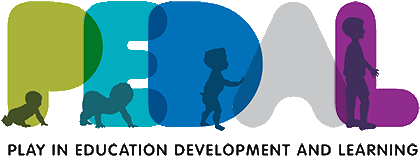Executive functions in childhood predict important life outcomes. Thus, there is great interest in attempts to improve executive functions early in life. Many interventions are led by trained adults, including structured training activities in the lab, and less-structured activities implemented in schools. Such programs have yielded gains in children’s externally-driven executive functioning, where they are instructed on what goal-directed actions to carry out and when. However, it is less clear how children’s experiences relate to their development of self-directed executive functioning, where they must determine on their own what goal-directed actions to carry out and when. We hypothesized that time spent in less-structured activities would give children opportunities to practice self-directed executive functioning, and lead to benefits. To investigate this possibility, we collected information from parents about their 6-7 year-old children’s daily, annual, and typical schedules. We categorized children’s activities as “structured” or “less-structured” based on categorization schemes from prior studies on child leisure time use. We assessed children’s self-directed executive functioning using a well-established verbal fluency task, in which children generate members of a category and can decide on their own when to switch from one subcategory to another. The more time that children spent in less-structured activities, the better their self-directed executive functioning. The opposite was true of structured activities, which predicted poorer self-directed executive functioning. These relationships were robust (holding across increasingly strict classifications of structured and less-structured time) and specific (time use did not predict externally-driven executive functioning). We discuss implications, caveats, and ways in which potential interpretations can be distinguished in future work, to advance an understanding of this fundamental aspect of growing up.
